HAIR EXTENSIONS: What are the different types?
19/06/2021 2021-06-19 19:55HAIR EXTENSIONS: What are the different types?
Hair extensions come as clip-in, tape-ins, weaves, pre-bonded, fusion, and micro-link. There are many different styles of extensions and terms that can overwhelm if new to the world of hair extensions. Although hair extensions are real human hair clip-in, hair extensions are not limited to this particular kind. Here are the different types of hair extensions to help clear any doubt:
1. Clip-in Hair Extensions: 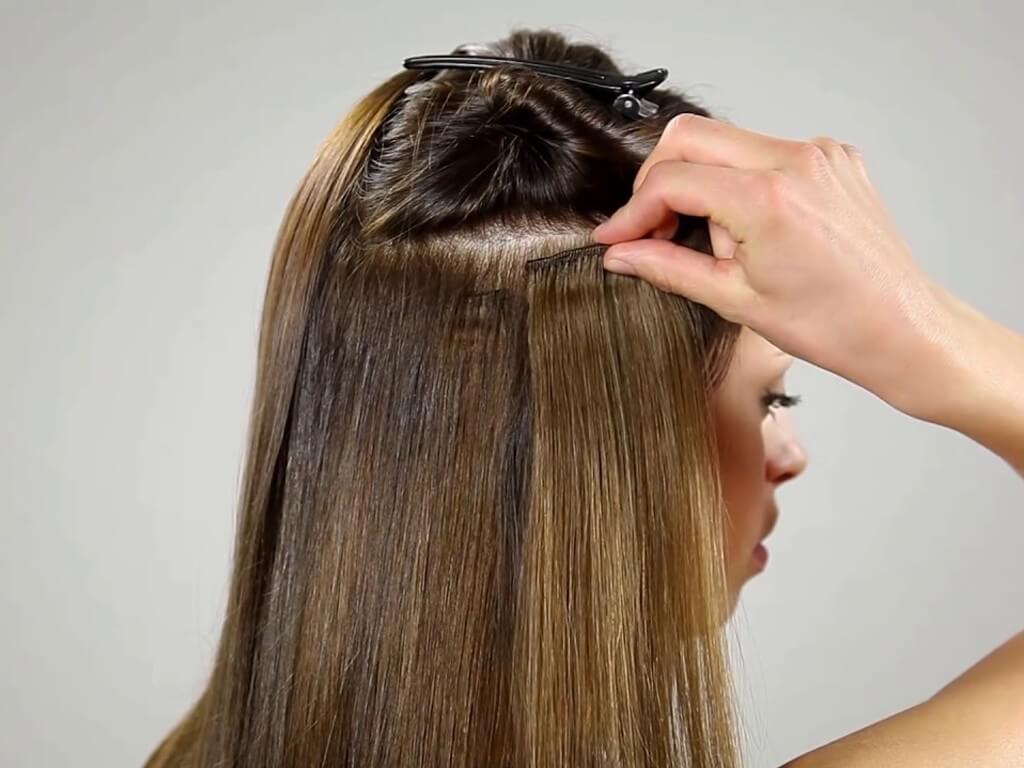
Clip-in wefts, also known as clip-in hair extensions, come in a strand of contoured pieces, attached at the base with either fabric or silicone. All that needs to be done is clip the pieces to your natural hair. Each clip can be opened and closed.
Clip-in hair extensions are more opted for as they are not permanent and can be removed and worn as and when desired, quickly. Unlike some of the other hair extension applications clip-ins usually take 5 – 15 minutes to apply at home. Clip-in hair extensions are less damaging because they don’t involve any chemicals, heat, pressure, or other attachment methods; they simply clip onto your hair easily, so there is zero damage to your natural hair. Clip-in hair extensions last upto 3 to 4 month or even upto a year, depending on how well you care for them.
2. Tape-in Hair Extensions: 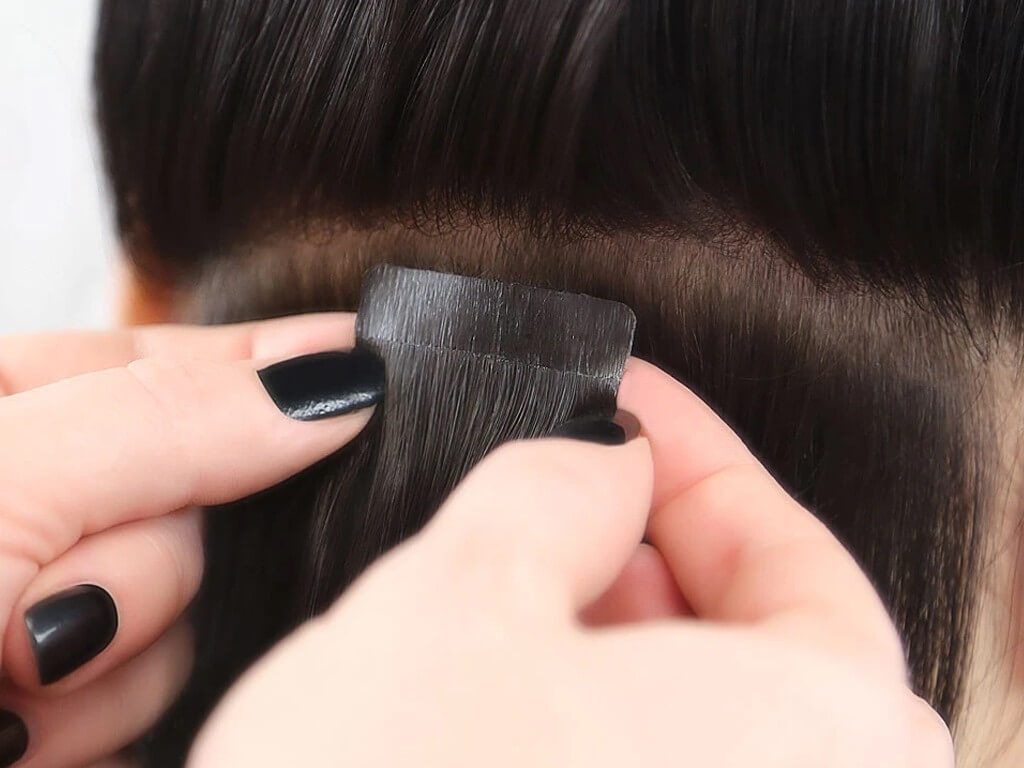
Tape-in hair extensions are pre-taped and then taped or glued together on either side of your natural hair. Typically the hair extension would be applied by hairdressers as they need to be aligned with the roots of the natural hair and glued in with heat tools. Moreover, the tape-in extensions need to be removed with a glue remover and then reinstalled in the same way. Naturally, when adhesives and heat are applied to the roots of the hair, it causes hair damage. The process of applying and removing the tape-in hair extensions takes about 40 minutes to 1 hour. These extensions can last upto 3 months if removed and applied carefully and maintained in a good condition post use.
3. Hair Weaves (Sew-in hair extensions)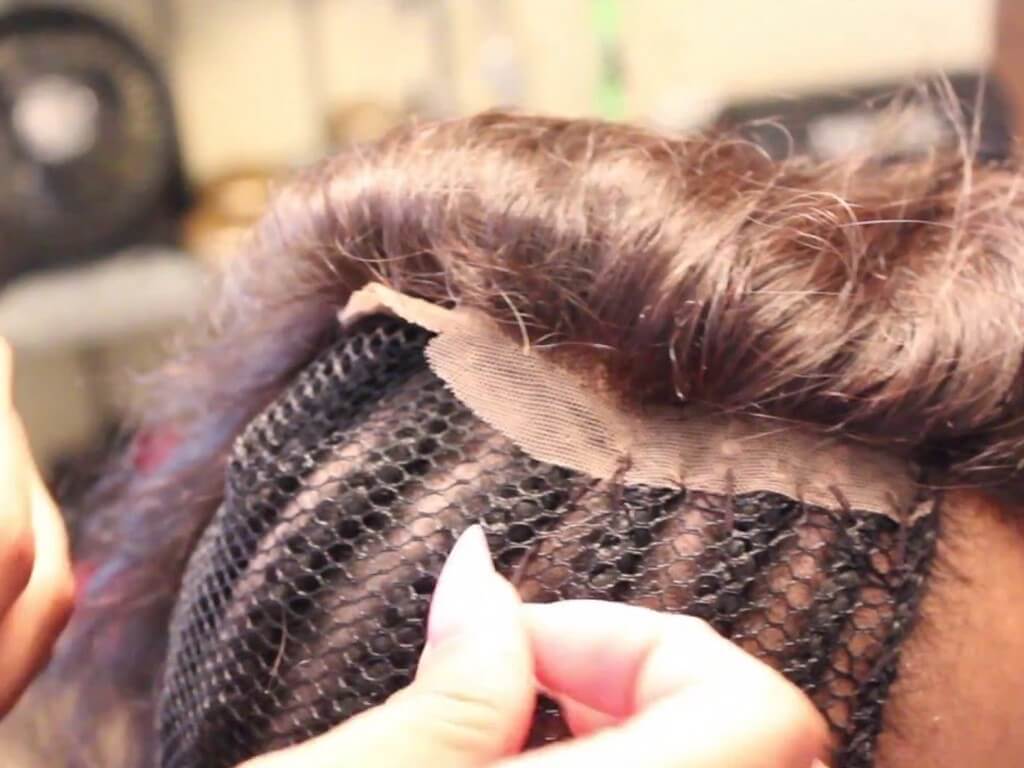
Hair weave or sew-in hair extensions are applied by braiding the natural hair into cornrows followed by using a needle and thread to sew the weave into the braid or cornrow. Hair Weave extensions are generally used by or for people with thicker hair because of their application method. Normally, the weave application is quite a lengthy process that can take upto hours. The method of application requires the brands or cornrows to be tightly done in order for the weave to sit in place, which results in strain on the scalp making the wearer feel heavy or uncomfortable. This method of application is recommended to be done by a professional as it is technical and difficult. Sew-ins also come in the form of wigs which are sewn into cornrows the same way, nonetheless, the hair comes in one piece as opposed to separate wefts. This type of hair extension is popular because of its permanece and seamlessness. It is recommended to remove the weave every 3 to 6 weeks in order to give the natural hair some breathing space, especially if it is being used as a protective hairstyle.
4. Fusion Hair Extensions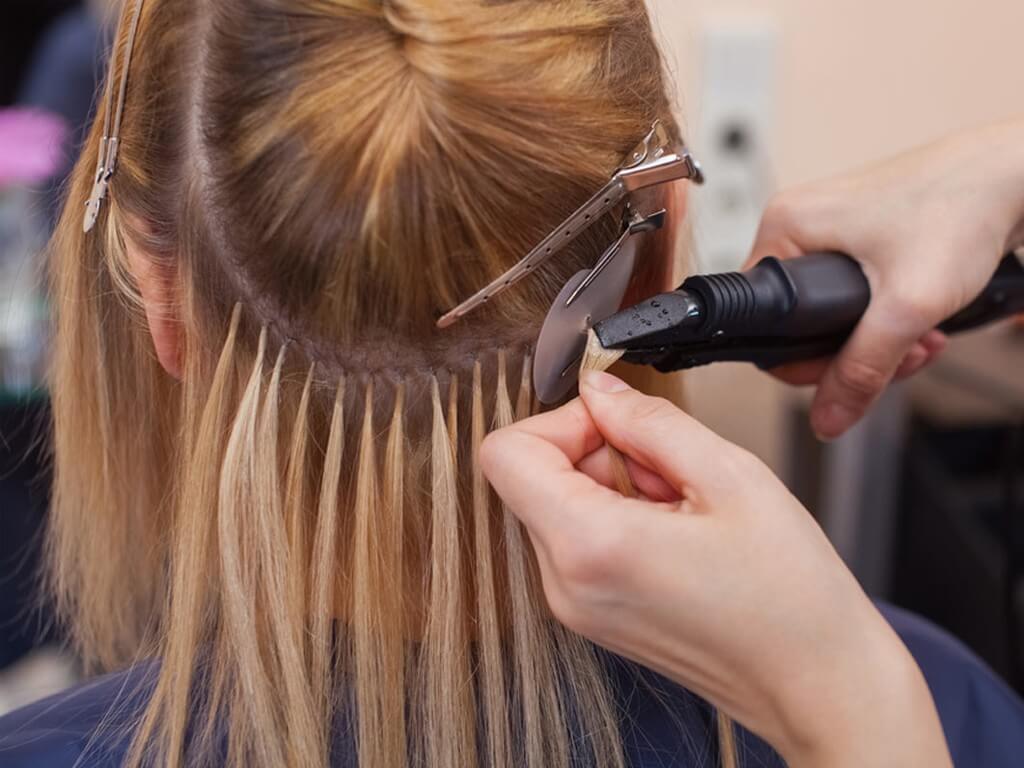
Fusion hair extensions are also known as bonding or pre-bonded, are fused to the natural hair using different adhesives such as glue. Application of pre-bonded hair extensions takes approximately 3-4 hours. Fusion extensions may not be suitable for everyone as this type of application can cause immense hair damage. The application method involves the use of a machine that is similar to a glue gun, which essentially glues the hair to individual strands of the natural hair. Another method of application for pre-bonded hair extensions is done by using a heat clamp to melt the glue to the natural hair. This hair extension can last upto 4 month on the natural hair depending on the individual’s hair growth. ‘
5. Micro-Link hair Extensions: 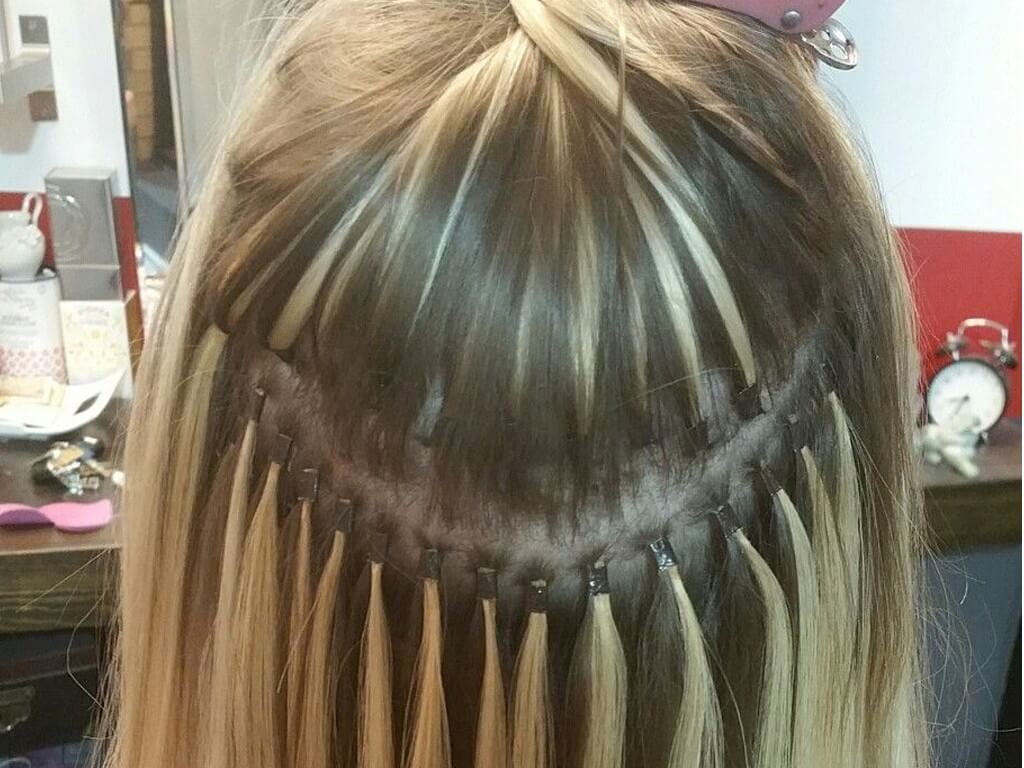
Microlink hair extensions, also known as micro bead hair extensions or micro loop hair extensions, are applied by attaching tiny wefts of hair to small sections of the natural hair with a small silicone-lined bead. Post which a special tool is used to secure the bead in place to the hair. Though this method does not use heat or glue, if installed incorrectly by a professional, it can cause immense hair damage. The bead, when tightened too much, causes pressure and pulls the roots, and if not removed correctly, the hair can be pulled out along with the hair extension. This method of application takes approximately 2 to 4 hours. The microlink hair extension can be used upto 4 months.
6. Wigs and Hairpieces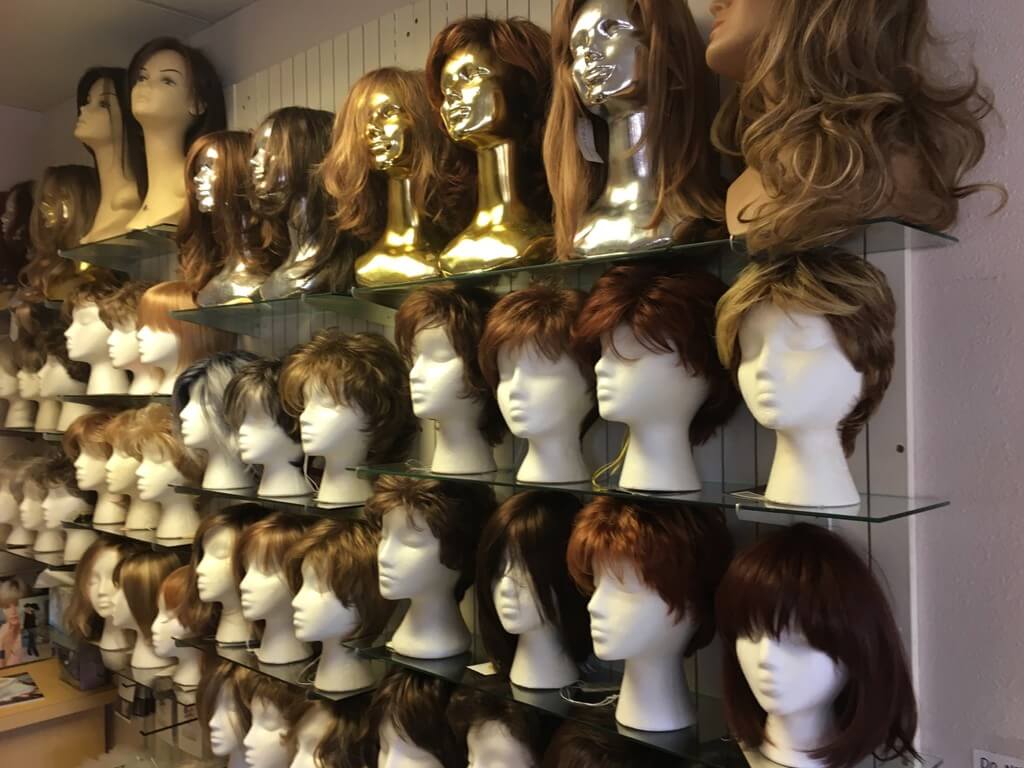
Wigs and hair pieces come in different forms and are topically applied to the hair. Long, full wigs are made to cover the entire head.This also includes wigs that are called “lace fronts” or “netting” which are just methods on how the wigs are made. Wigs act as a replacement for your own hair and are meant to cover your entire head. They can be used for many reasons such as hair loss, balding, or simply to change up your look.
Hair pieces are a bit different and often come in the shape of a hair-do so you can just place it on top of the natural hair. Hair pieces can be used for a specific area of the head incase of thinning, or it can simply be used to create a different hairstyle.
Hair extensions are used widely among young women who have hair loss or hair growth issues, as a protective hairstyle method. The varieties available help an individual to choose the one that suits them best without having to compromise on the natural hair. It is important to know the complications and after effects of a hair extension in order to protect the natural hair. The Hairstyle Artistry course at JD institute helps a student understand the methods on how to handle hair extensions not only on their clients but also on themselves. Hair extensions come in two main types, that is synthetic and real hair and to know the difference is just as important as choosing the right hair extension.












